Are you looking for the best hoist solution for your factory or plant? Not sure whether a wire rope hoist or chain hoist is the right choice? We will explain all of the differences and applications to help you make the best decision.
In any factory or production environment, there is a large demand to lift and handle different types of materials or machinery.
For these purposes, we have two hoisting systems to choose from: a wire rope hoist and an electric chain hoist.
Each hoisting system is intended for different purposes and consequently will have benefits and drawbacks in different scenarios. This article is going to take a deep dive into their applications and how you can make the best investment decisions for your workspace.
What Are the Pros of a Wire Rope Hoist?
A wire rope is made up of multiple strands of wire that are coated with zinc or galvanized. The composition of the rope is quite complex with individual strands twisting around each other.
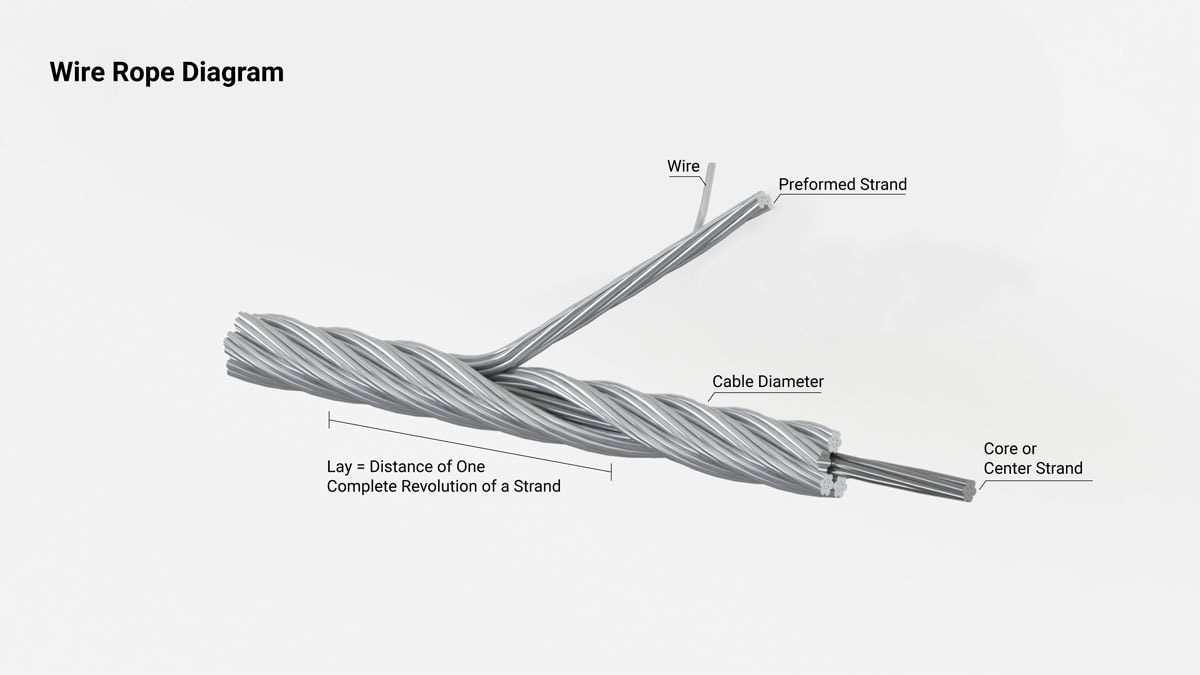
This complex and dense structure, combined with the treatment of each strand adds to the highly resistant properties of a wire rope hoist system making it ideal for use in extreme environments. The multiple strand form also helps to distribute loads better.
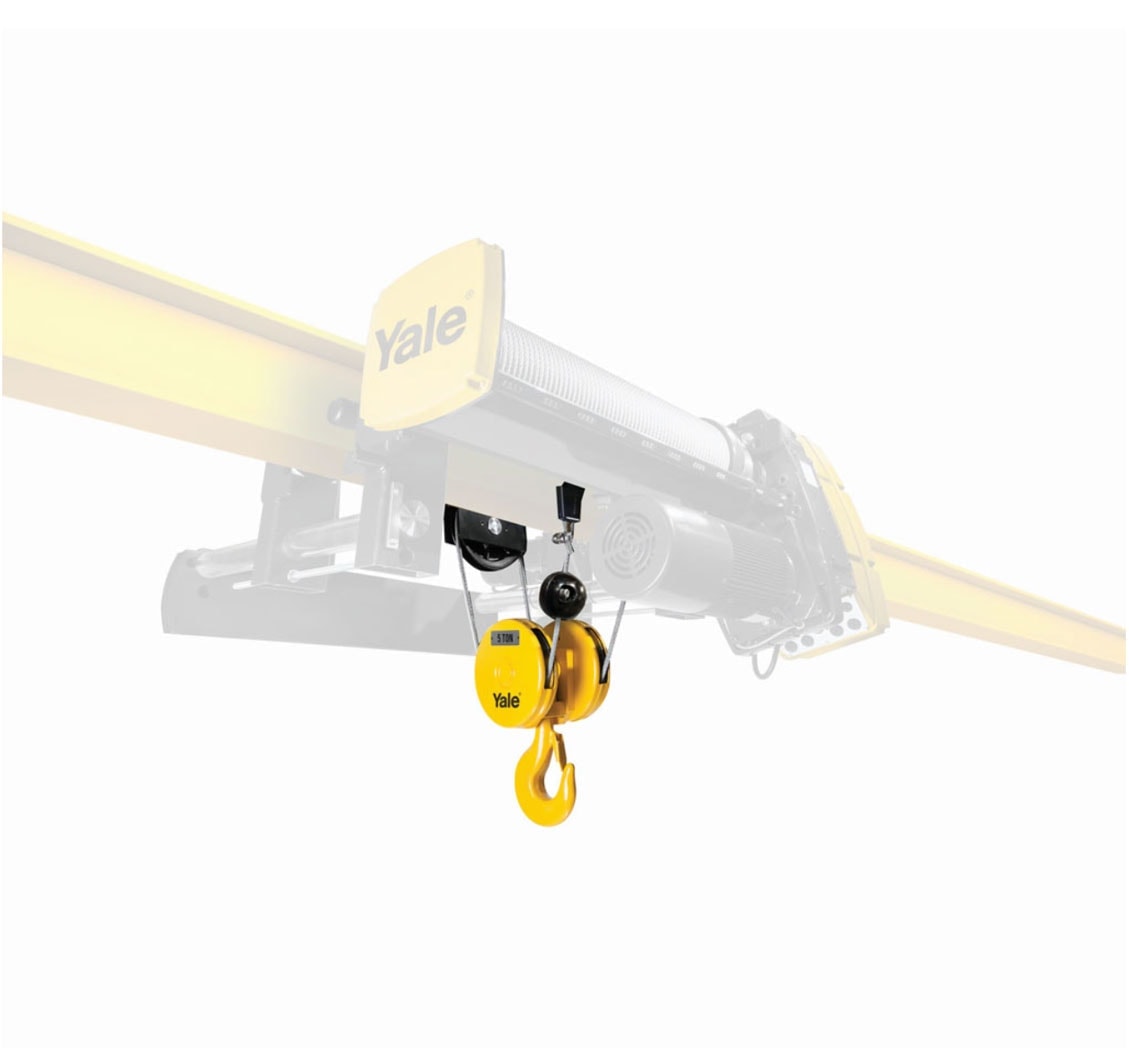
The system can be upgraded and made more efficient using a reeving system. This is where the wire rope travels around multiple drums with sheaves (a grooved pulley wheel) to hoist heavy items.
With reeving, heavier loads can be hoisted and moved because the hoist’s mechanical advantage is increased by spreading the load evenly across separate parts of the reeving system. The amount will depend on how many parts you have but, for example, in the case of a two-part single reeving system (2PS) the load capacity will be doubled across the two parts, however, it will consequently halve the lifting and lowering speed of your reeving system.
The use of reeving can also be important when you have a requirement to lift a load with a high level of accuracy. For example, the sheaves will maintain the linear position of a hook to hoist a machine or stack of materials in a smooth and straight vertical line reducing unnecessary force on the system thus ensuring safer and more efficient activity.
Improved Headroom
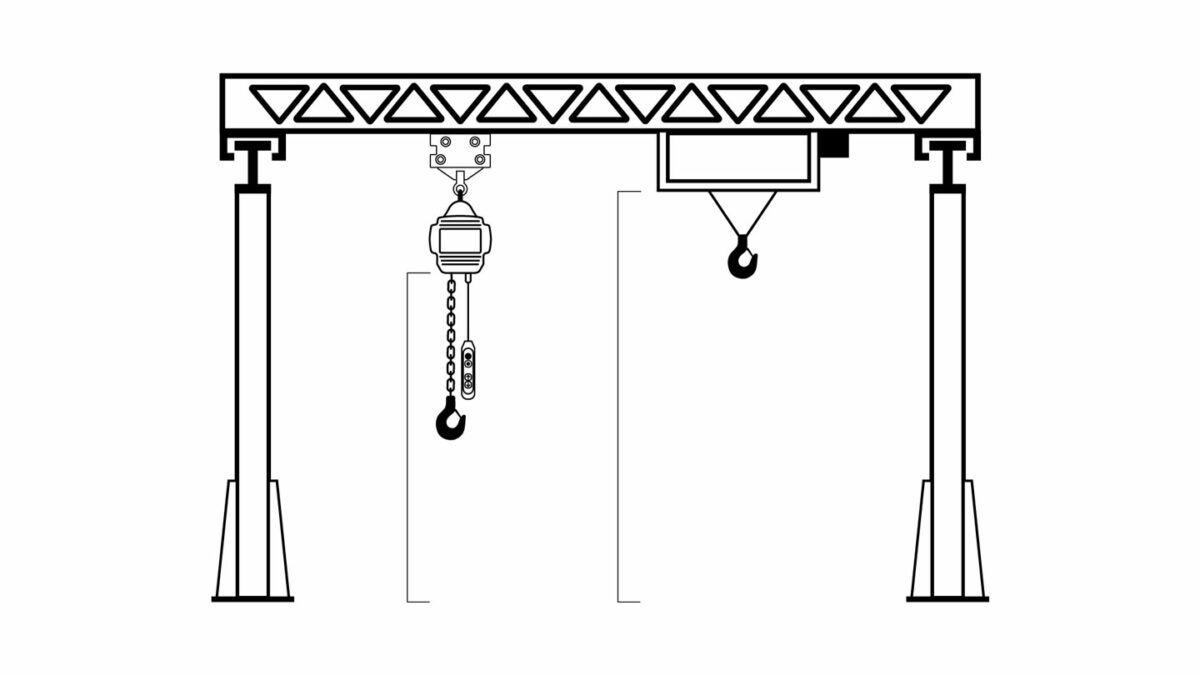
Another advantage of wire rope hoists is the increased headroom created by the design and particularly how the rope comes off the drum. This is especially true for 2, 3, and 5-ton wire rope hoists.
What Are the Pros of a Chain Hoist?
Chain hoists are an electric (or manual) hoisting solution that generally suits situations where the lifting requirements are not as significant such as smaller factories, work stations, and maintenance shops.
Their smaller physical size and maneuverability make them more flexible for different lightweight lifting and depositing applications. For professionals who work in various locations, this is a highly practical hoist solution because the crane can be transported more easily between sites. They can also be used to facilitate the use of a jib crane, hand-push crane, and gantry cranes.
Electric chain hoists will come as standard with vertical lift that is made possible by a simple reeving system and a dedicated chain container. (In order to achieve the same true vertical lift with a wire rope hoist, you would need to upgrade to a double reeved system.)
What’s the Difference in Lifting Capacity?
Chain hoists, either electric or manual, are often limited to a load capacity of 5 tons or less.
A wire rope hoist, however, with its dense multi-strand structure, is generally designed for loads of up to 50 tons. We at PWI Works have previously built wire rope hoists capable of lifting 50-ton loads and it’s not uncommon to see over 100-ton capacities!
What’s the Difference in Durability?
We can’t talk about the durability of either system without mentioning reeving (again), because it has a direct bearing on the ability to lift material in a more controlled way that reduces stress on other parts of the crane.
It reduces the amount of load and therefore wear on the drivetrain components of each hoist system. The motors, clutches, and brakes are able to perform more efficiently because of the controlled motion of the chain and wire rope.
The more times a wire rope hoist is reeved, the lower the load stress will be.
The assemblage of a chain hoist includes an effective reeving system where the chain passes through a single sheave. This means that the vertical load hoisting is conducted in a more accurate motion.
A wire rope hoist does not use the same mechanical method as the standard. The wire rope is instead wound around a single drum. The motion of hoisting therefore will cause some lateral movement as the wire ‘naturally’ finds its place on the drum as the hoist is operated. Reeving can be used to maximize lifting capacity and stability with the use of multiple drums with up to two lengths of wire rope fed from the drum and combined with pulleys. The only consequence is that this will reduce lifting speed because the wire has to travel a further distance.
Because chain hoists do not have as much flexibility in the way in which they are reeved and considering the material properties of a chain, the chain and parts (motor, clutch, brakes) are more likely to wear at a faster rate than a wire rope hoist system.
An important thing to note though is the cost implication.
Generally speaking, the parts that make up a chain hoist are significantly cheaper than those of a wire rope hoist.
What’s the Difference in Performance?
Commenting on the performance of both systems is again dependent on reeving. When you increase the number of pulley components in a reeving system, the speed will be drastically reduced to allow for the additional distance the rope (wire or chain) needs to travel to lift the load.
The flipside of reduced weight is a more accurate and efficient hoisting action that is more capable of safely lifting larger masses.
We can’t say that one system performs better than another because they have very different purposes. If you are looking for a higher-performing hoisting system in terms of lifting speed, your best option would be to implement minimal reeving.
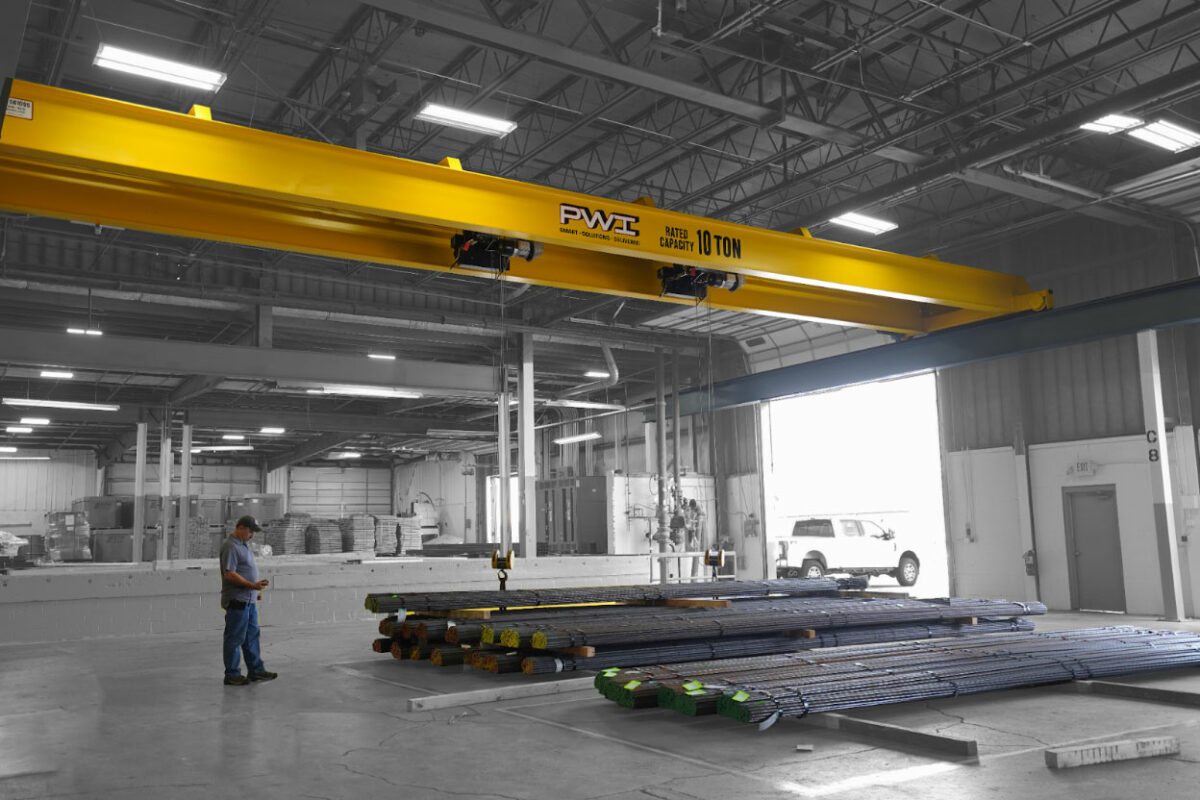
Which Type of Hoist Should I Choose for My Application?
The most important consideration is the duty cycle of the hoist. The duty cycle is the proportion of time when the hoist will be in operation and it is expressed as a ratio or percentage.
Imagine that your hoist will operate for one minute and then it is switched off for 49 minutes, then on for another minute and idle for another 49. This means that it is running for two minutes every 100 minutes, and therefore its duty cycle would be expressed as 2/100 or 2%.
You should also consider the maintenance intervals of the hoist, how long the hoist can be out of service, and how this will affect the operations in your factory or plant.
The simple solution is to look at the weight of the loads you need to maneuver or hoist.
This factor is more important fundamentally to the type of hoist that will be best suited, and the weight will affect decisions in planning regarding future maintenance and how this will affect plant operations.
If the load is smaller (¼ – 2 tons) and the application will be using a workstation crane, then a chain hoist will likely be the best solution. If your requirements are for loads of 3 tons and up using a motorized bridge crane, you should use a wire rope hoist.
What’s the Cost Difference?
Both systems will span a very large price range which is to be expected considering their range of applications and requirements.
Electric chain hoists are less expensive, ranging from $5K-10K. Wire rope hoists can be anywhere between $10K-100K depending on the application and what upgrades you choose.
The unit cost isn’t the only one to consider though.
You should also think about the implications of adding a new system to your plant and the additional training that your staff will require. This is generally more important when switching from chain hoists to wire rope hoists, but nevertheless, even a chain hoist will require some training.
Don’t forget to think about maintenance costs which are generally far higher for wire rope hoists. Even though a wire rope hoist is more expensive, when it is properly maintained it can have a lifespan of 20+ years compared to 10 years for an electric chain hoist.
Still Have Questions?
Getting the most out of your workspace is important. It doesn’t matter if you have multiple production facilities or a small workshop in your garage.
We are committed to helping American businesses maximize production. Call our main office at (574) 646-2015 to talk to an overhead crane expert or get a free quote.
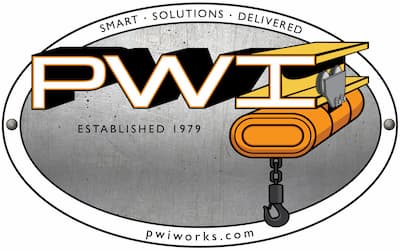

![New Construction vs Mezzanine [PDF]](https://pwiworks.com/wp-content/uploads/new-construction-vs-mezzanine-pdf-464x600.jpg)